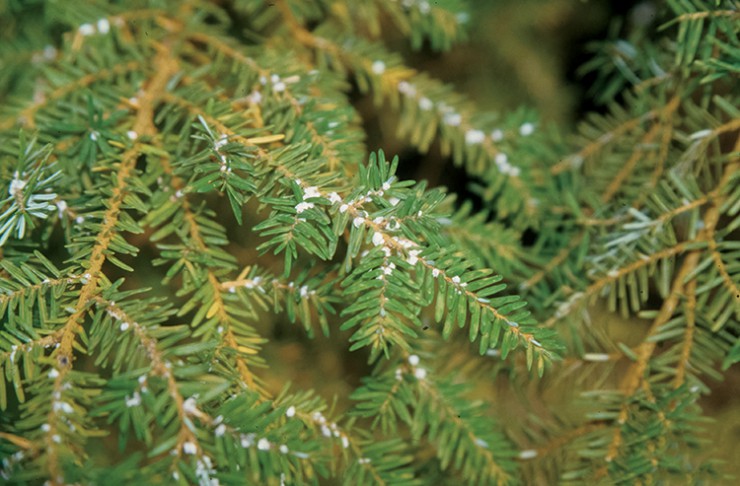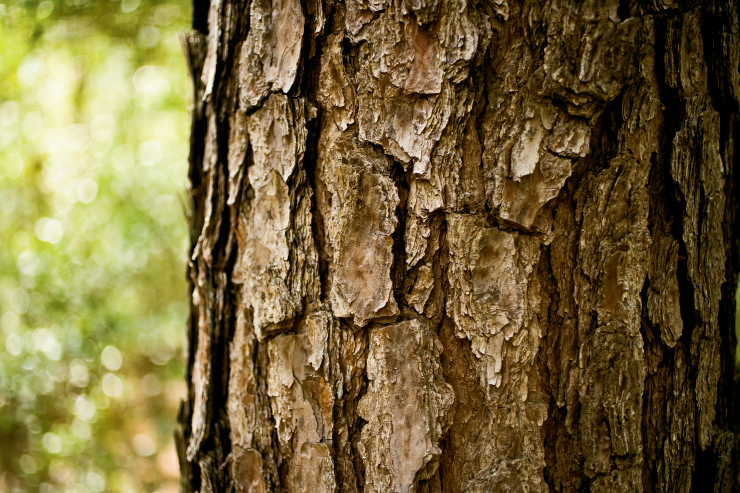Home > Michigan > Michigan Crops & Livestock > Healthy Michigan Forests
Healthy Michigan Forests
In partnership with: Michigan Department of Agriculture & Rural Development

Rick Lucas thinks of a forest like a garden. Certain trees grow like weeds and certain trees are crops. He hopes to help landowners learn the difference between a weed tree and a crop tree.
Lucas, an Osceola Conservation District forester, spends his time making site visits to landowners’ privately managed forests.
“Without proper forest management, forestland owners will likely have only one, maybe two, opportunities to sell timber from their forest during their lifetime,” he says. “Far too many hardwood woodlots in my part of the state continue to be harvested rather than managed.”
He’s on a mission to change that by giving an unbiased opinion to landowners on just how to manage a forest.
“We’ve had a program in place close to 35 years,” Lucas says. “It’s been real hit or miss in terms of being funded, but it now looks like we have the potential to be a higher priority in funding. That’s important because we have so many acres in private lands.”
Lucas engages many of those landowners by educating them on the benefits of forestry management for wildlife.
“People will engage if they know it’s going to benefit wildlife,” he says.
Michigan has several programs available to private landowners to help them come up with business plans and find suitable harvesters.
One in particular is the Forest Stewardship Program, which provides financial and technical assistance to Michigan’s non-industrial private forestland owners to create stewardship management.

In addition, under an agreement with the Michigan Department of Natural Resources, the Michigan Department of Agriculture and Rural Development awards grants to conservation districts across the state to provide education and one-on-one technical assistance to private landowners and to communities regarding local forest health issues. Professional foresters, such as Lucas, work out of 17 district offices to provide coverage for more than 40 counties in the upper and lower peninsulas.
The goal of the program is to provide and increase the active management of non-industrial private forestland owner outreach and technical assistance through collaboration and cooperation.
A survey conducted by Michigan State University of non-industrial private forestland owners concludes that only 20 percent of the 11 million-acre resource is actively managed. The Forestry Assistance Program works with local conservation districts to increase the number of landowners and acres that are managed under a sustainable forest management plan.
Lucas knows there are economic and environmental benefits to a well-managed forest.
“Forest health is quite critical to keeping a forest renewable,” he says. “It’s also important to know the enemies of a forest – insects, diseases and invasive plants.”
Lucas adds, “Managing a forest may mean removing some trees, planting new trees and planting wildlife enhancements such as shrubs or habitat enhancements. In Michigan, it’s been proven that once a landowner understands the importance of management, they are more likely to be more active in stewardship of that land.”



